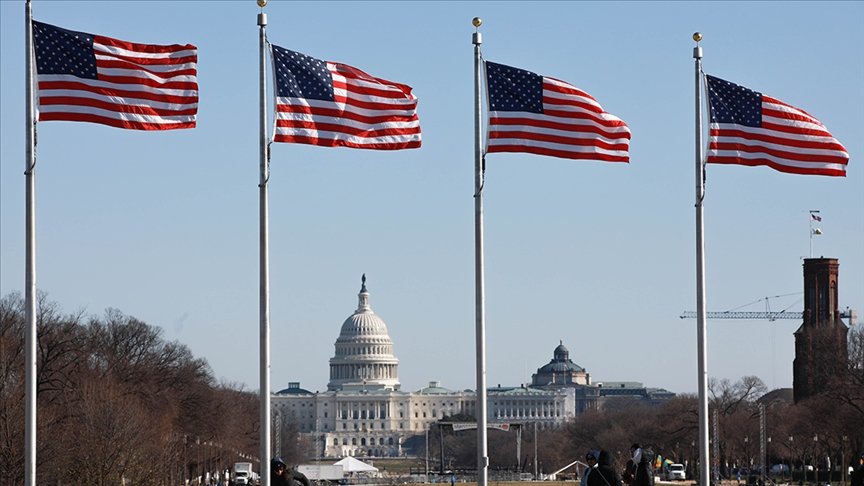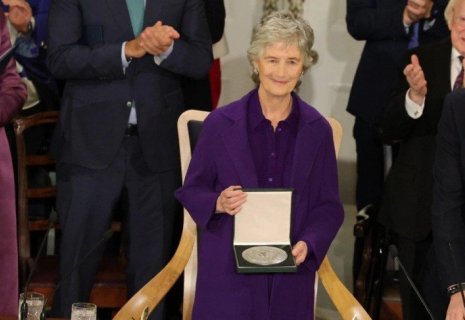
U.S. government reopens after 43-day closure
U.S. President Donald Trump signed a budget bill at a White House ceremony that provides funding for the federal government until the end of January.
Thus, the longest government shutdown in U.S. history ended on its 43rd day, CE Report quotes Anadolu Agency.
In his statement, Trump blamed Democrats for the longest shutdown in U.S. history, saying, “Today is a great day for our country; we can finally get back to work.”
Trump argued that the temporary budget does not fund the government for the entire fiscal year, meaning Democrats could again cause a shutdown in a few months. He also called for an end to the “filibuster” rule in Congress, which allows senators to block votes through unlimited debate.
Criticizing the “Obamacare” system introduced during former President Barack Obama’s term — which provides health insurance to low-income individuals — Trump claimed it only benefits insurance companies rather than citizens. He proposed that the billions of dollars given to insurance companies under the system should instead go directly to citizens.
After his speech, Trump signed the temporary budget, officially ending the longest government shutdown in U.S. history.
Democrats’ concession paved the way for the reopening of the government.
The government had shut down on October 1 after Congress failed to pass a temporary spending bill before the new fiscal year began.
Federal agencies lost their spending authority and suspended operations, as disagreements between parties led to the longest shutdown in the nation’s history.
On the 40th day of the shutdown, Democratic and Republican senators reached an agreement on a temporary budget to reopen the government.
Democratic senators’ decision to withdraw their demand for guaranteed extensions of healthcare subsidies opened the path to a deal.
In the Senate vote on the 41st day, the bill passed 60–40, with one Republican voting against it, while eight Democratic or independent senators voted in favor.
In the House of Representatives, the budget bill — providing funding to most federal agencies until January 30 and to some for the entire fiscal year — passed with 222 votes in favor and 209 against.
























